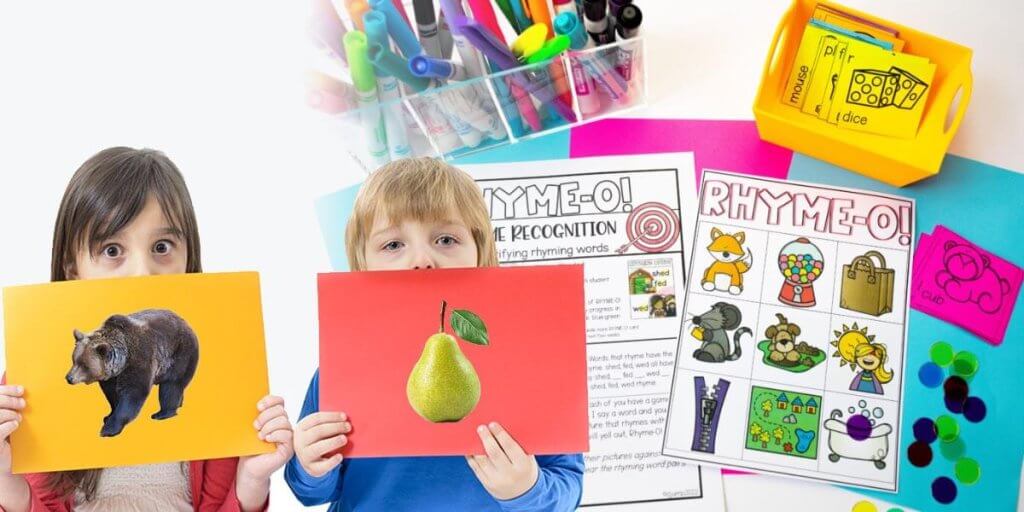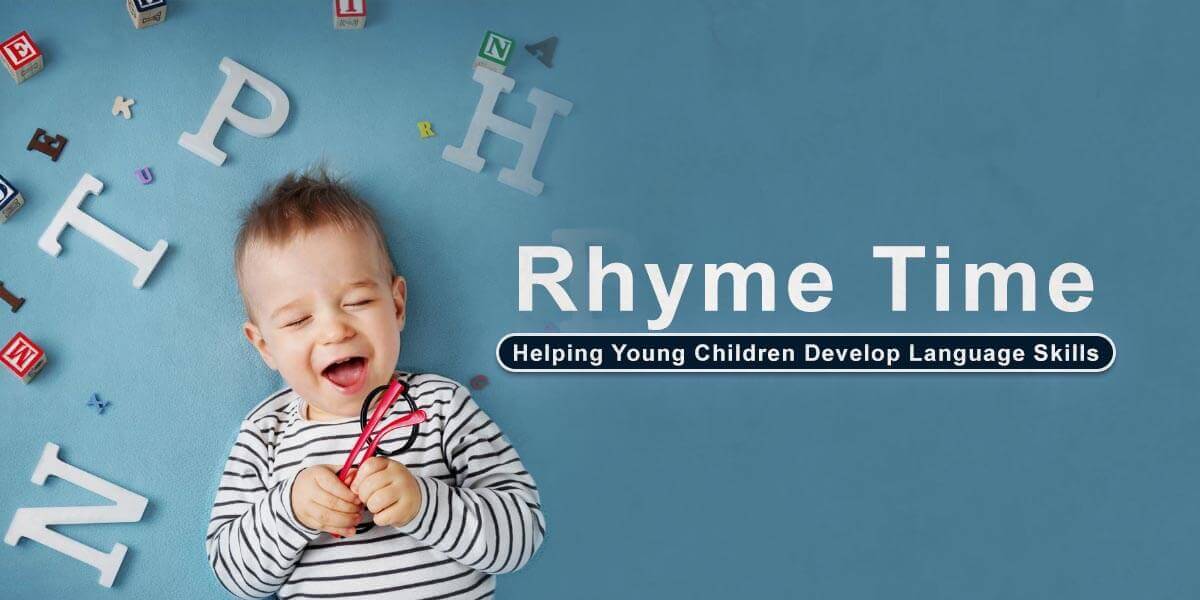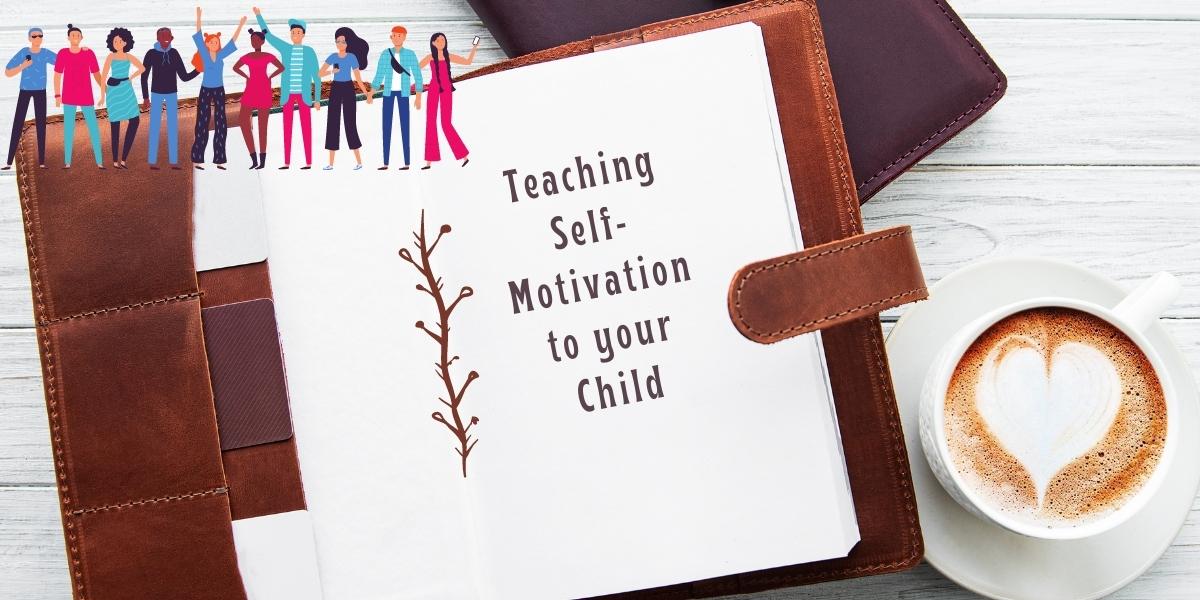Developing good communication skills is very important these days, which can be done in many different ways. Your voice should be clear, and the words you say must be understandable. You must look for a game that is exclusively developed for you to have fun, learn to rhyme, and develop language skills in a very fun way.
Rhyme time is a very fun and popular game that can be enjoyed by both elders and children. This game gives you an opportunity to learn to rhyme and enjoy it. A word is given by the game, and everyone sitting in a circle has to rhyme different words until they get out of similar words.
If you are someone who wants to develop his language skills or you want your child to be trained, then rhyme time can be your best friend. In this article, we have explained how you can play the game, how it will help you develop good language, and all the activities related to it.
Rhyme Time Playing Instructions
When this game begins, the player who drew it comes up with a word. It can be any term as long as it is in the same language as the other players. The game is played clockwise, with players attempting to rhyme with the word. When someone fails, they must drink, and the game is over.
Two Parts of Rhyme Time
Rhyme Recognition
Children must be exposed to Rhyme Time regularly through stories, poems, finger plays, nursery rhymes, tongue twisters, riddles, and songs. This begins when they are babies, but it is equally crucial during their first formal years of schooling. Begin with the aural (hearing) language before writing, and then incorporate listening and viewing texts afterward.
Students should then be provided an opportunity to discern rhyming in aural language. When reading or singing to young children, pause to illustrate how you fill in the rhyming word(s). Then, orally expand the rhyme with fresh words. The words could be nonsensical! The following stage is to ask youngsters to identify rhyme in written materials. Ask youngsters to identify any rhyming words they can read using the same media as before.
Rhyme Time Structure
The next phonological awareness ability on the continuum is Rhyme Time construction. Children can practice playing with rhymes orally. Children as young as four begin to play with rhyming words orally.
Invite children to fill in the blanks when you remove words from popular books using novels, songs, rhymes, tongue twisters, and riddles. Then, ask the kids to come up with other rhyming words.
You can use hand gestures to reinforce the concept of rhyming when you teach kindergarten. For instance, if we notice that two words, such as cat and mat, rhyme, you would say, “Cat and mat rhyme; they sound the same at the end.” Then, while you pronounce the word cat, move your hand from the center of your body to the outside, turning your palm up as you go, and do the same with the other hand. The children, of course, pick up on this and mimic the action. You don’t have to do this, but using an effort to illustrate a topic helped your pupils understand it better.
Activities To Do On A Daily Or Weekly Basis

Rhyme Time Recognition
After the second or third sing-through of an action song or finger play, put a word instead of the rhyming word. Please wait for an answer!
Display a list of rhyming and non-rhyming word pairings on the board or large piece of paper for the entire class to view. Read the pairings aloud to the kids and ask them if the words rhyme. Could you inquire as to how they know?
Encourage the idea that rhyming words may sound the same at the end, but they may not always look the same. You could even create an anchor chart to underline this notion, which can be difficult for visual learners to grasp.
Construction of Rhyme Time
Play an ‘I Spy Rhyme’ game. It’s similar to I Spy but with a rhyming twist! The person in question would say, “I spy something that rhymes with hawk.” The answer is chalk. It’s a lot of fun for kids once they realize they must rhyme it out before saying it! Read nursery rhymes every day and develop a list of the words that rhyme. Make a long list of rhyming words for each group of rhyming phrases.
Read More: Tips & Tricks for Increasing Retention in Accelerated Learning
How Can You Assist Your Youngster In Developing Their Rhyming Abilities?
Sing Songs With Rhymed Lyrics
These could be children’s music, worship songs, or radio songs. Your preschoolers are very interested in music, so we have a lot of fun with it. Sometimes like to deviate from the lyrics and customize songs for your children by inserting their names into the lyrics. They think it’s hilarious, and they have no idea we’re secretly rhyming.
Nursery Rhymes Should Be Read, Recited, And Repeated
Begin with simple classics like “Twinkle Twinkle Little Star” and “The Wheels on the Bus” for your youngest students. As they age, try more difficult rhymes like “Peter Peter Pumpkin Eater” and “Diddle, Diddle, Dumpling, My Son John.” These are available online or at your local library. You may even take nursery rhymes a step further by acting them out with your child while you recite them.
Play Some Games
There are numerous oral rhyming games you may play with your child, and the best part is that they can be played at any time and in any place. For instance, say a word or show your child a picture and ask them to devise a Rhyme Time. Another simple and enjoyable activity (that gets you moving!) is to take a walk in nature, the mall, or around the house and point out objects. Then, ask your child to come up with a Rhyme Time.

Rhyming Word Picture Books
Rhyming is a common aspect of children’s picture books, as you may have observed. Chicka Chicka Boom Boom is one of your faves for the younger set. There are not just catchy rhymes but also an alphabet book. The Gruffalo is another excellent novel with rhyming, repetition, and witty characters.
Create And Experiment With “Silly” Words That Rhyme
At this age, children are full of silliness, so why not join in? Make a string of “silly” words that rhyme with genuine terms, and see if your toddler can add more words.
Failing
There are numerous ways for a player to die in this game.
- If a player says a Rhyme Time that has already been said, they lose and must drink.
- If a player says a term that no one agrees rhymes with the first word, they must drink.
- If players wait over 30 seconds to respond, they fail and must drink.
Putting The Word To The Test
If a player disagrees with the first word proposed, they might vote to “Challenge” it. This means that the player who selected the word must think of three terms that Rhyme Time with it. If they succeed, every other player must drink, and the game is over. If they cannot, they must drink themselves, and the game is over.
Conclusion
Rhyme time is an interesting game that anyone can play. But most of the time, it is played by kids because of its good effect on their language development. They can play it on a daily basis or do some activities related to rhymes. Children can create their own silly words to rhyme, and the one who fails to create a rhyme will have to drink. We hope this article was helpful to you.




